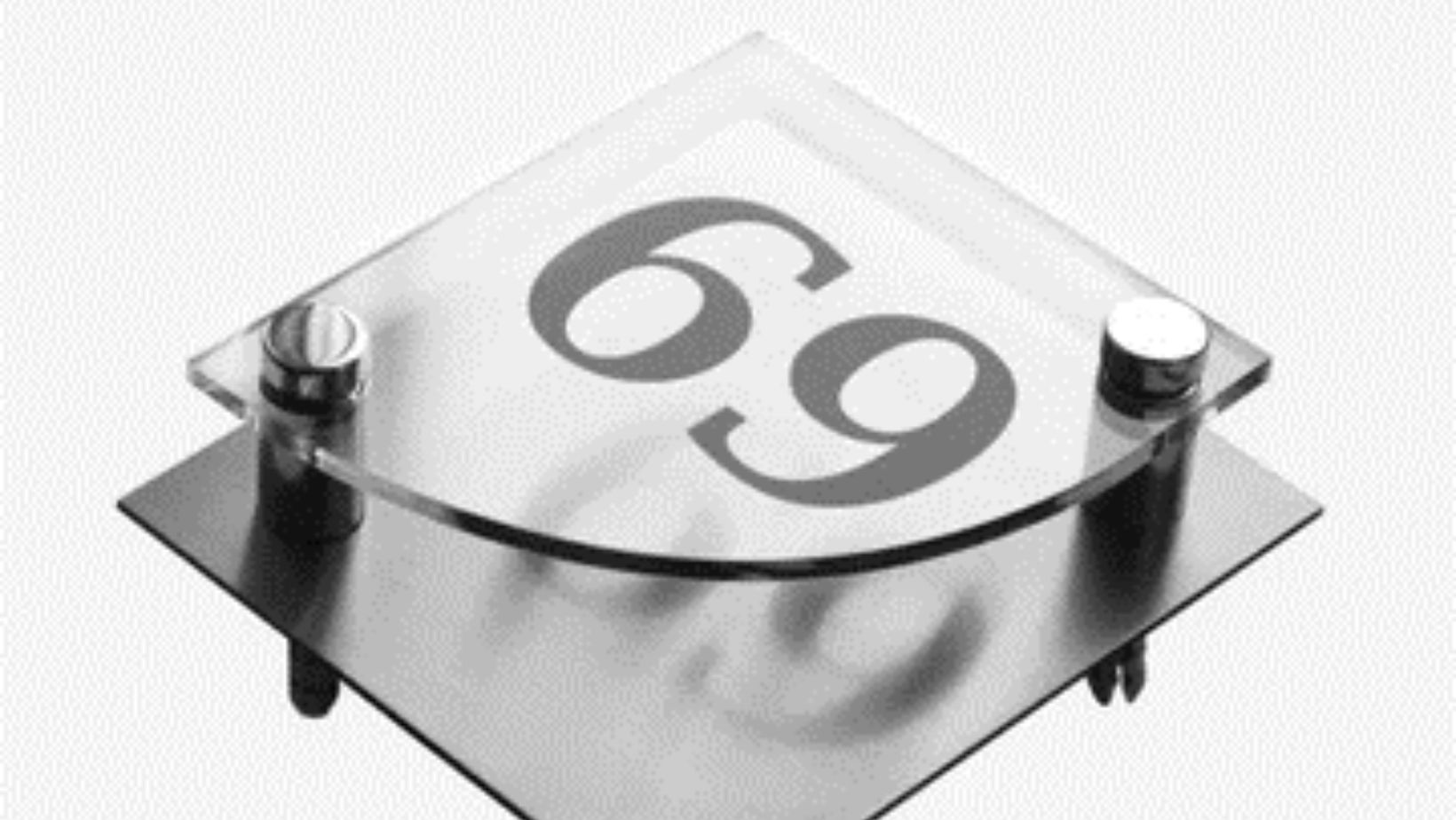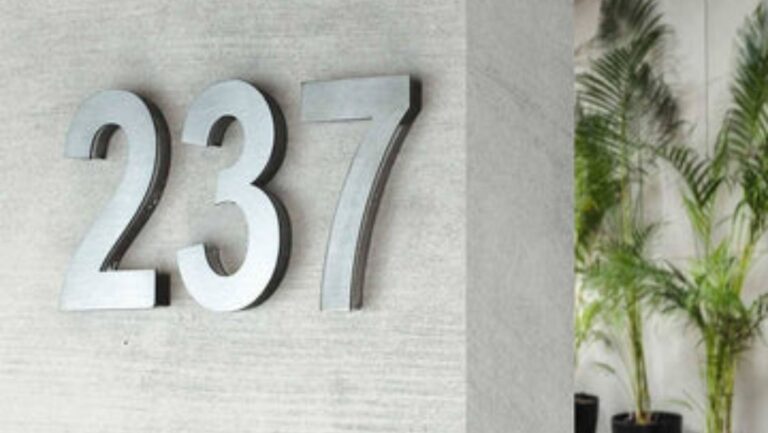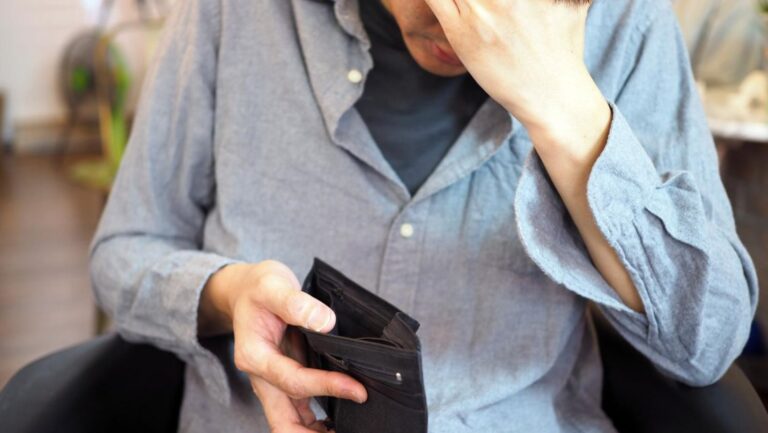Facilities that offer accommodation must make sure that their customers feel comfortable at every time. The first impression of a customer affects the brand image and reputation. In hotels, visitor’s comfort depends on many factors, including ease of wayfinding and navigation. For that reason, every hotel room is equipped with special number signs that help to quickly locate the area for those who are unfamiliar with the planning of the building. Let us take a closer look at how hotel door signs work and what you can do to enhance their effect to the maximum possible extent.
Purchasing Custom Hotel Room Numbers
If you google hotel door numbers, you will find a lot of standard options. They are quite good in terms of clarity and simplicity. However, they might not reflect the individuality of your brand. If you are willing to make a big positive impression on your customers and leave long-living memories, you have to try to kill these two birds with one stone.
One of the best ways to do this is with hotel room numbers — Bsign. This is a top-notch manufacturer of interior and exterior plaques that serve different purposes. The biggest advantage of Bsign is that they use UV-printing technology and craft all their items manually.
This allows them to achieve the highest level of customization, thanks to which a sign can combine both functionality and individuality. You can customize such features as fonts, colors, sizes, shapes, mount mechanisms, materials, etc.
Logic Behind Hotel Room Numbers
A hotel room number is effective only if it is properly combined with other numbers. Simply speaking, the placement of numbers cannot be random and chaotic if it is supposed to serve navigational needs. There are two most popular numbering systems:
- Sequential — when numbers are placed along the corridor in a linear sequence.
- Zig-zag — when even numbers are placed on one side of the corridor, and odd numbers are placed on the other side of the corridor.
It is also important to consider that most hotel door numbers also help identify the floor. In the US, the number of the floor is usually followed by two digits, which makes door numbers three-digit — like 123, where “1” means the first floor, and “23” means the 23rd room on the floor. In other countries, this might be a “floor + one digit” identification.

There are no specific rules that determine the way you number rooms. Your only goal is to make sure that the numbering system is clear and understandable from the very first sight.
Other Signs for Hotels
- Information signs: They are commonly used in reception areas. With the help of those plaques, visitors can quickly gain information about the location of different areas of the facility or learn about its timetable.
- Security signs: Any public space should be equipped with security signs, and hotels are no exception. These are signs that prohibit certain actions, like smoking, and help visitors respond to emergencies.
- Directional signs: To make sure that a customer will quickly find their room, hotel room numbers can be used in combination with directional signs that lead to specific areas.
We have covered all the important points you need to know about hotel room numbers. Your task is to make a well-thought-out choice of hotel room numbers and use them effectively in combination with the interior organization.




